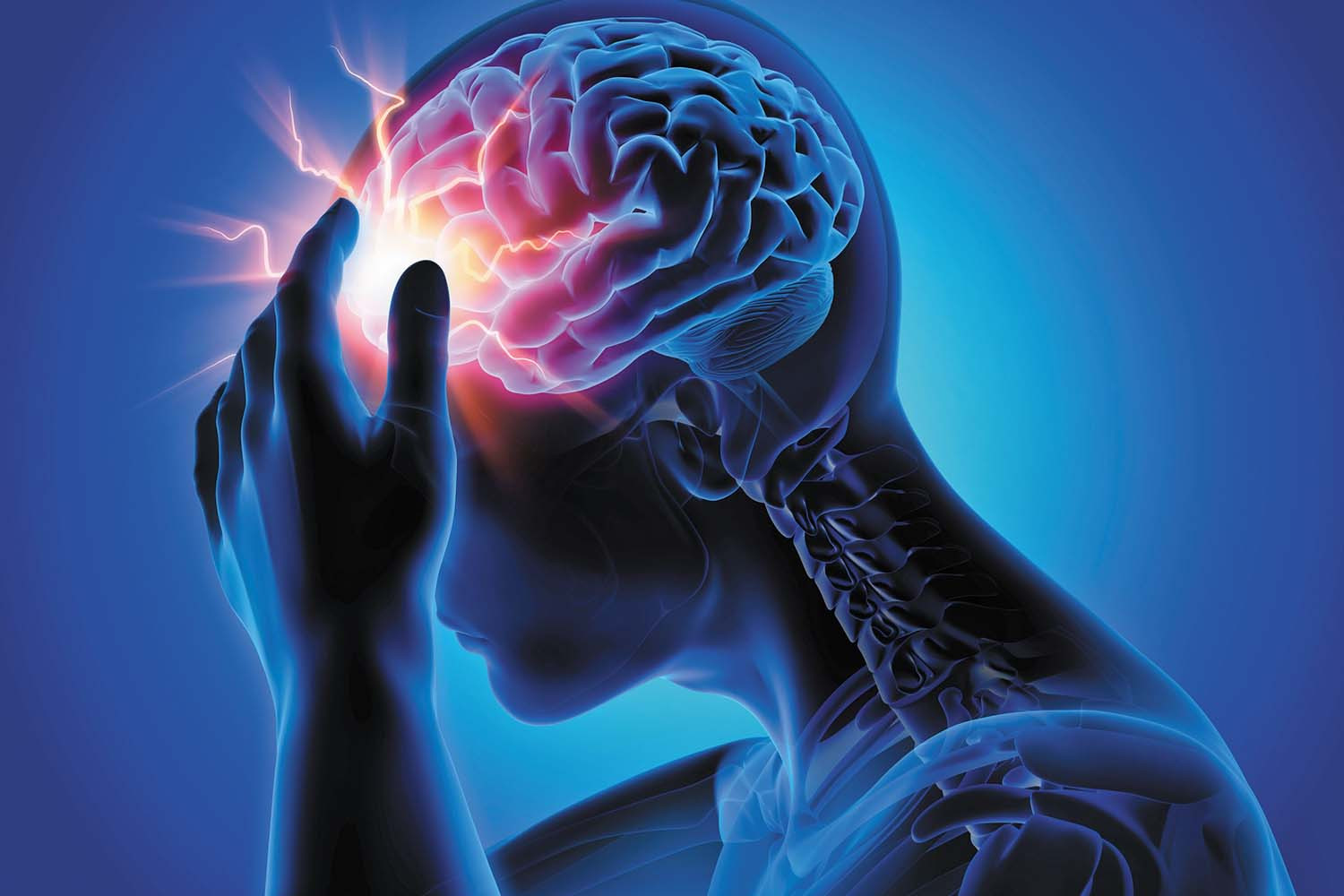Food, alcohol, bright light, or stress could play a part in your headaches. Identifying triggers may help you avoid them.

When a bad headache strikes, you just want it to end. The aching, throbbing pain can be debilitating and result in missed appointments, work, or time with family and friends.
Regardless of whether you are prone to migraines, tension headaches, or cluster headaches (see “Is this your headache?”), you may be able to reduce their frequency by identifying what brings them on. Here’s a look at the most common triggers for each of these kinds of headaches.
1. Stress. Stress can cause tight muscles in the shoulders and neck, which often leads to tension headaches. “It’s believed to start in the muscles. When tension headaches become frequent, the pain in shoulder and neck muscles is felt by the brain as pain in the head,” says Dr. Sait Ashina, a neurologist who specializes in headache treatment at Harvard-affiliated Beth Israel Deaconess Medical Center. Stress is also a common trigger for migraines.
2. Diet. Hunger itself can trigger a migraine or tension headache. But eating certain foods may trigger migraines. It could be just one type of food — like beans or nuts — or many foods, such as avocados, bananas, cheese, chocolate, citrus, herring, dairy products, and onions. “Processed foods with nitrites, nitrates, yellow food dyes, or monosodium glutamate can be especially problematic,” Dr. Ashina notes.
3. Alcohol intake. Alcohol is a common cause of migraine and cluster headaches. For some people, a few ounces of red wine are all it takes to provoke a headache, although any kind of alcohol can be a trigger. It’s not clear if the alcohol itself is to blame or if another component in the drink causes the problem.
4. Environment. “Cluster headaches seem to be seasonal and often happen in the spring or fall,” Dr. Ashina says. “It’s something in the environment, but we can’t tell exactly what it is yet.” Environmental factors such as bright light, smoke, humidity, intense scents, or cold weather are associated with migraine headaches.
5. Hormones. Changes in estrogen levels are associated with migraines in women, and women suffer from migraines more often than men. Menstrual cycles may be tied to migraine in younger women. Varying estrogen levels during perimenopause can sometimes start migraines in women who never experienced them before. Estrogen therapy may also be a migraine trigger. Menopause does seem to end migraines in most women.
6. Caffeine withdrawal. If you normally consume caffeine in coffee or tea, stopping intake abruptly may trigger a migraine. This may be because caffeine causes blood vessels to constrict; without caffeine, the blood vessels widen and bulge out with each heartbeat — a chief reason for the pounding pain of migraines.
7. Lack of sleep. A lack of sleep is associated with migraines and tension headaches. “We don’t know why, but we do know there’s a correlation and that sleep can lead to pain relief. Sometimes people feel better after taking a nap,” Dr. Ashina says.
Is this your headache?Here are three common types of headaches and their symptoms.
|
What you can do
Understanding your headache triggers can help you avoid getting headaches in the future. But identifying triggers can be tricky, especially if you have more than one (like several kinds of food). Dr. Ashina recommends keeping a diary to note the day, time, symptoms, and circumstances surrounding a headache (what had you eaten? where did it happen?).
If avoiding triggers isn’t enough to keep headaches at bay, talk to your doctor. There are many prescription medications as well as pill-free treatments (acupuncture, meditation, biofeedback, relaxation therapy) that can help reduce headache frequency.
And you’ll need to go a step further: “Make sure you get enough sleep, exercise, eat a healthy diet, limit alcohol intake, and reduce stress,” Dr. Ashina says. “Headaches are a condition of hypersensitivity, so you need balance in your system to fight triggers.”
Image: © peterschreiber.media/Getty Images
Subscribe to Harvard Health Online for immediate access to health news and information from Harvard Medical School.
Disclaimer:
As a service to our readers, Harvard Health Publishing provides access to our library of archived content. Please note the date of last review or update on all articles. No content on this site, regardless of date, should ever be used as a substitute for direct medical advice from your doctor or other qualified clinician.
